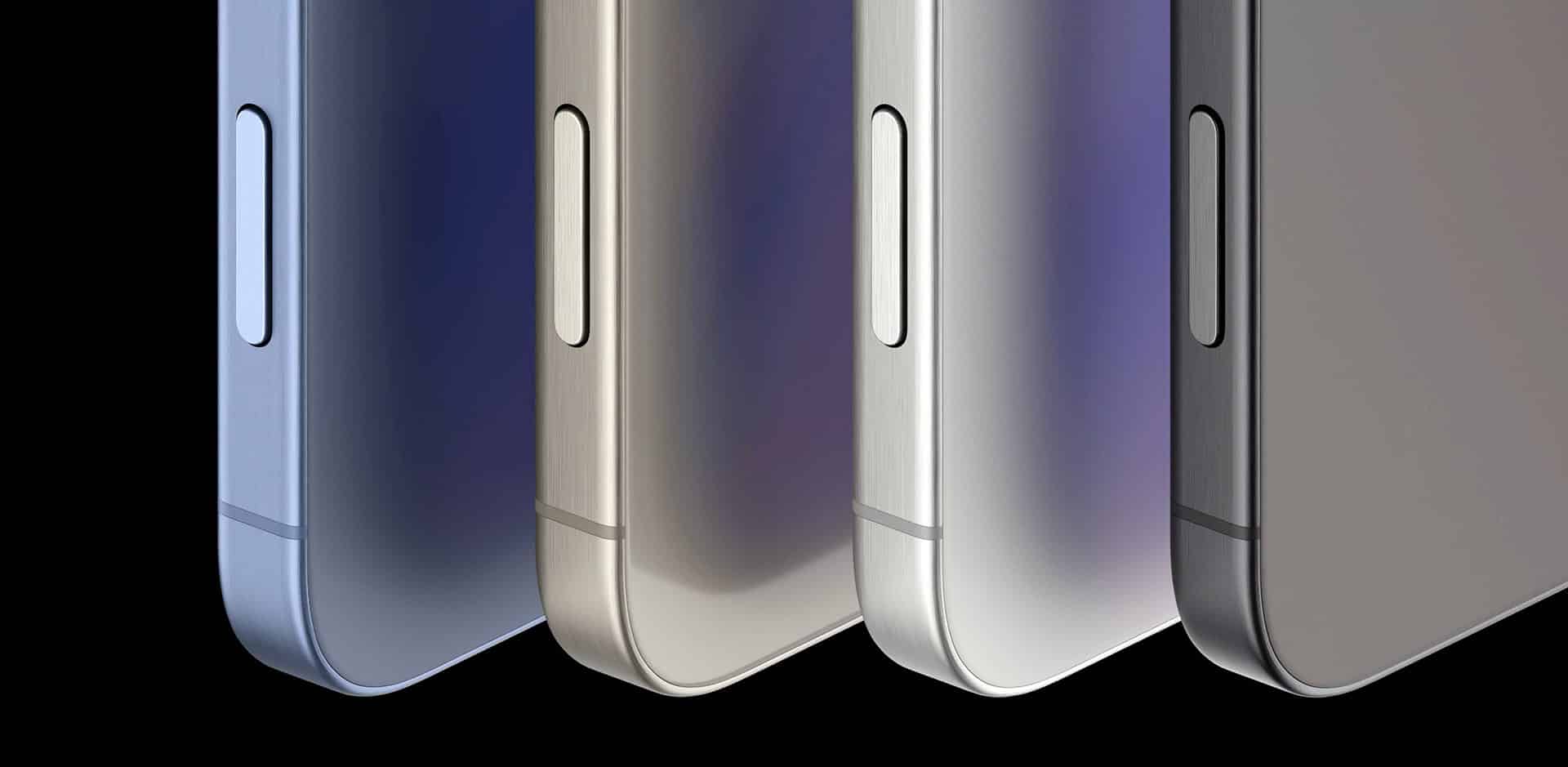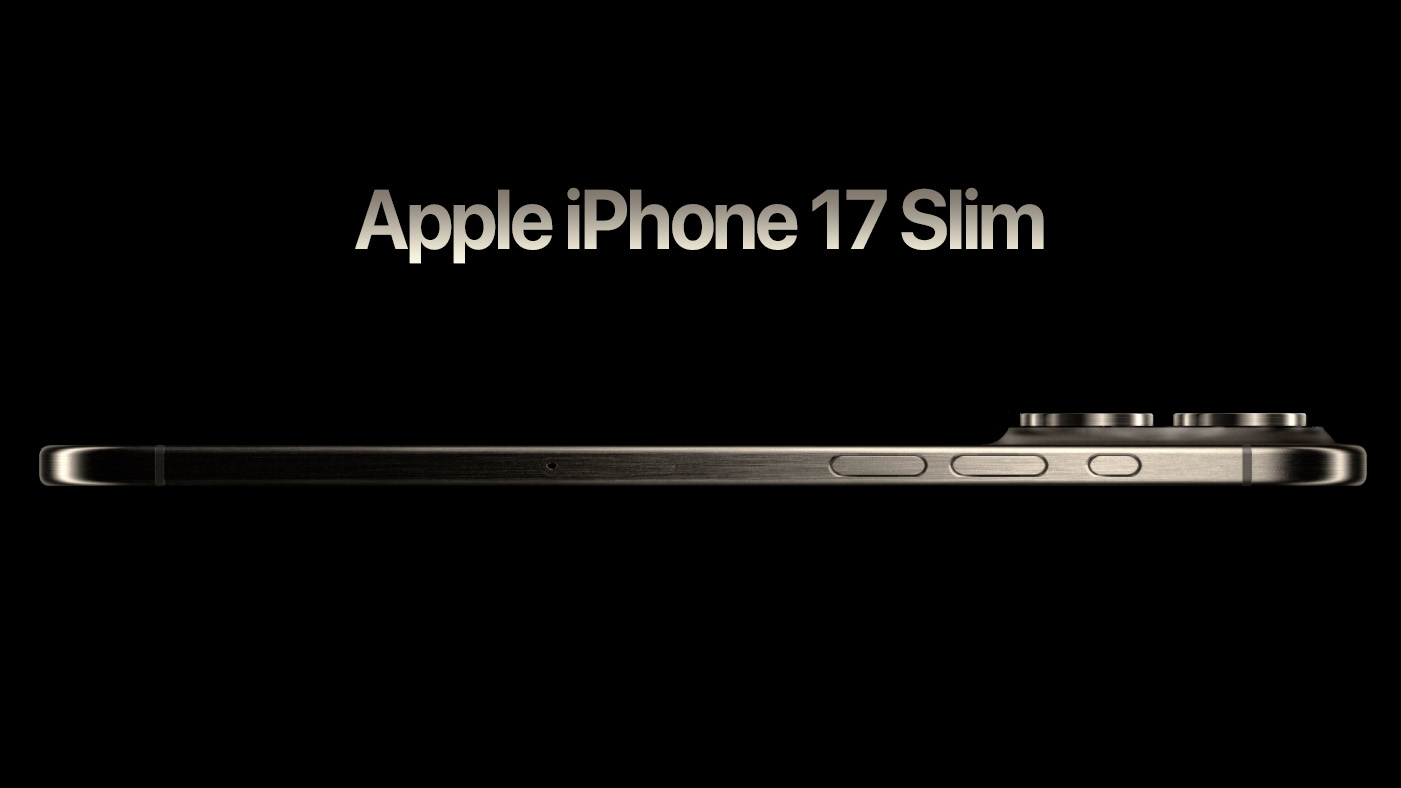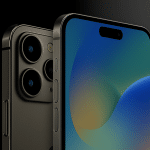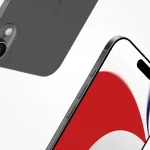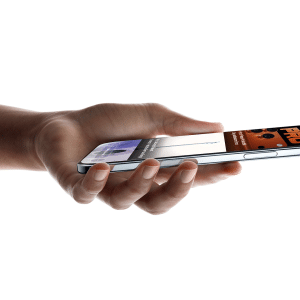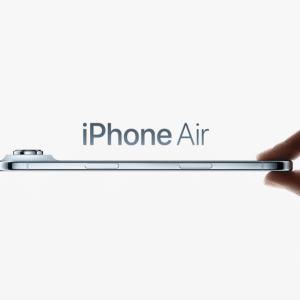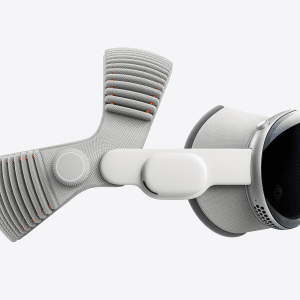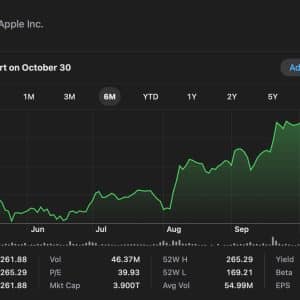One of the standout features of the iPhone 17 Air could be the complete removal of physical ports. By relying entirely on wireless charging and data transfer, Apple is gradually paving the way for a fully portless device. While this might not make the iPhone 17 Air the best iPhone for everyone right now, it signals a clear shift in how future iPhones will be designed and used.
The iPhone 17 Air is expected to serve as a testing ground for cutting-edge technologies that might not yet be perfected. This includes advancements in wireless charging, battery life, and display technology. While these innovations are promising, they might come with trade-offs that could prevent the iPhone 17 Air from being the most powerful or feature-rich model at launch.
With no ports to rely on, the iPhone 17 Air is likely to focus on enhancing wireless charging speeds and efficiency. Apple’s vision for a truly wireless future will hinge on the success of these technologies. Although wireless charging is still catching up to the speeds of traditional wired charging, the iPhone 17 Air’s commitment to this feature is a step forward in eliminating the need for cables entirely.
Performance & Features: Setting Realistic Expectations
When it comes to raw performance, the iPhone 17 Air might not outshine its contemporaries like the Pro or Max models. Apple’s focus with this device seems to be more on the future of design and user experience rather than packing in the highest specs. As a result, users who prioritize processing power, camera quality, and multitasking may find other models better suited to their needs.
Achieving a thinner and more compact design often requires compromises in battery life and internal components. While the iPhone 17 Air is expected to introduce innovations that improve energy efficiency, it may not offer the same battery longevity as the Pro models. Apple’s ability to balance these trade-offs will determine how well the iPhone 17 Air is received by users.

The iPhone 17 Air’s design choices will likely influence the broader lineup in future releases. As Apple moves toward eliminating physical ports across all models, the iPhone 17 Air represents a blueprint for what’s to come. Whether it’s advancements in wireless data transfer or more reliable wireless charging, these features will likely become standard across the entire iPhone lineup in the next few years.
In keeping with Apple’s environmental goals, the iPhone 17 Air is rumored to utilize more sustainable materials and eco-friendly manufacturing processes. This focus aligns with Apple’s broader push for carbon neutrality and could set a new standard for smartphone production.
Consumer Response: Who Is the iPhone 17 Air For?
The iPhone 17 Air will likely attract early adopters and those who are passionate about minimalist design. For users who prioritize aesthetics, portability, and having a glimpse into the future of smartphone design, this model is a perfect fit. However, it’s important to note that these users may need to accept some compromises, particularly in performance and battery life.
For many users, the iPhone 17 Air might not be the best choice if they value feature-rich functionality or need the highest-end performance. However, it sets the stage for design principles that could influence the broader market, making it an essential device for those interested in where Apple is headed next.
The iPhone 17 Air represents a bold step into the future of smartphone design. While it may not be the most powerful or feature-packed iPhone available, it introduces innovations that could redefine what users expect from a smartphone in the coming years. For those who prioritize being ahead of the curve and exploring what’s next, the iPhone 17 Air offers a glimpse into Apple’s vision of a more streamlined, wireless, and sustainable future.
